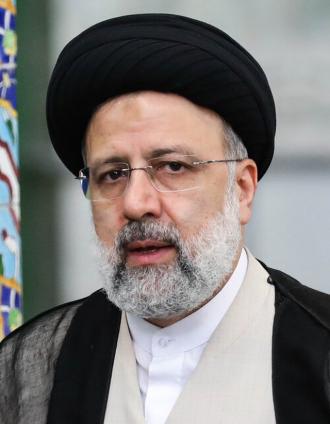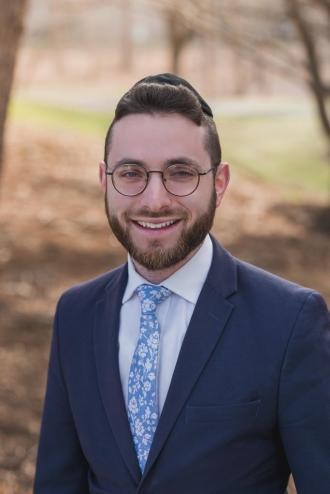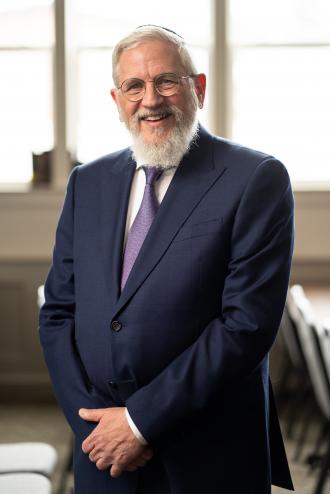Holy Law
וְאֵלֶּה הַמִּשְׁפָּטִים אֲשֶׁר תָּשִׂים לִפְנֵיהם. (שמות כא:א)
מַגִּיד דְּבָרָו לְיַעֲקֹב חֻקָּיו וּמִשְׁפָּטָיו לְיִשְׂרָאֵל. לֹא עָשָׂה כֵן לְכָל גּוֹי וּמִשְׁפָּטִים בַּל יְדָעוּם הַלְלוּיָהּ. (פרק קמז:יט-כ )
At first glance, Parshat Mishpatim seems disconnected from Parshat Yitro. As opposed to Parshat Yitro, which focused on Ma’amad Har Sinai where Hashem charged the Jewish people with their spiritual identity, Parshat Mishpatim presents technical laws of daily, mundane life.
Surprisingly, though, the vav that opens Parshat Mishpatim (“V’eileh Hamishpatim”) links it to Parshat Yitro.[1] The vav teaches us that these laws are also part of Hashem’s relationship with us. They are more than random laws, they are His laws. As Pesukei D’Zimra quotes from Sefer Tehilim: “He tells his words to Yaakov, His statutes and His laws to Yisrael.”[2]
The relationship between Mishpatim’s laws of mundane life and Har Sinai’s spirituality is significant in both directions. Our spirituality is meant to express itself in our laws, and our laws are meant to be linked to our spirituality.
The Root of Law
This explains the continuation of Rashi on Mishpatim’s first pasuk, where he explains that the word “lifneihem” (before them) prohibits appealing to non-Jewish courts — even if they judge according to Jewish law.[3] Because our laws are part of our spiritual identity as Hashem’s people, not just the content of the laws is important, but also their adjudication by fellow Jews. As we continue in Pesukei D’Zimra: “He did not do so for all nations, He did not inform them of His mishpatim.”
The Idea of the Holy
The linkage is important for Ma’amad Har Sinai as well. We see this from the fact that law and justice not only follow Ma’amad Har Sinai, but also precede it. The perek before Ma’amad Har Sinai describes Moshe judging the people and the advice Yitro gives on how to improve the system.[4] The Medrash compares this to a princess whose entourage includes honor guards both before and after her carriage.[5] Our system of law protects and honorably expresses our Jewish holiness.
Rav Kook[6] uses this idea to explain the significance of the juxtaposition of Parshat Mishpatim to the topic that immediately precedes it: the building of the mizbei’ach. Rashi[7] explains that the juxtaposition teaches us that the Sanhedrin sat next to the mizbei’ach. On the one hand, this can be seen as a way of linking the law to our spiritual identity and/or ensuring that the judges benefit from heavenly guidance.
Rav Kook, though, explains the positioning as indicative of the breadth of our spiritual identity. As opposed to that of other religions, Judaism's sense of kedusha is not separated from the world, but, rather, expresses itself in the forming of a just society. We differ from other peoples in that our kedusha is the center of our broader lives. It impacts all aspects of our existence in a coherent, consistent way.
Rav Kook continues by explaining the Gemara[8] which identifies the pasuk of “Know him in all your ways”[9] as a small but significant “parsha that all the principles of the Torah depend upon” along these lines. The pasuk teaches us that all our ambitions and desires — both personal and national — flow from a holy source and should be formulated accordingly.
This is why Moshe began judging the people even before Ma’amad Har Sinai. He realized that this, the application of Torah to life, was the proper foundation upon which to build a spiritual people. This is also why our judges are meant to be appointed through the Biblical semicha, which is the transference of Moshe’s spiritual heritage from one individual to the next. This is why other nations fought against (and eventually succeeded at disconnecting) the semicha and why our ancestors sacrificed their lives to continue it.
The Takeaway
May the juxtaposition of Parshat Mishpatim to Ma’amad Har Sinai remind us of and help us appreciate the centrality of Hashem’s laws — including (and most significantly) those that relate to the most mundane areas of life — to our unique identity as Hashem’s holy nation.
[1] See Rashi who quotes the Medrash which teaches us that the letter vav is meant to “‘add’ to the first ideas. Just like those were from Sinai, so are these.”
[2] Tehilim 147:19.
[3] See Gittin 88. See also Rambam (Hilchot Sanhedrin), who compares this to “raising one’s hand against the Torah of Moshe Rabbeinu (!).”
[4] 18:20-23.
[5] Shemot Rabbah 30:3.
[6] Orot Yisrael U’Techiyato 3.
[7] Shemot 21:1.
[8] Berachot 63a.
[9] Mishlei 3:6














